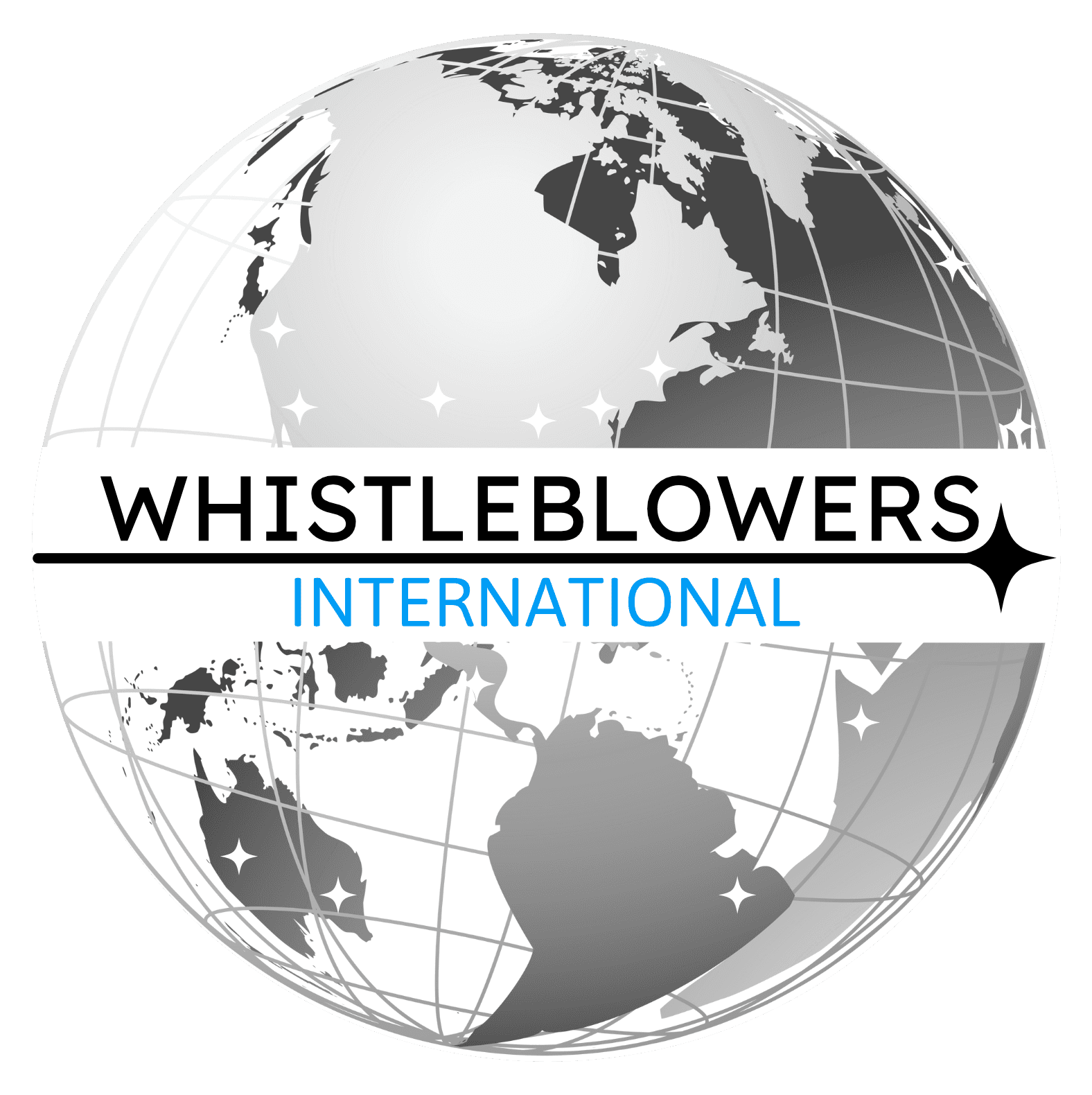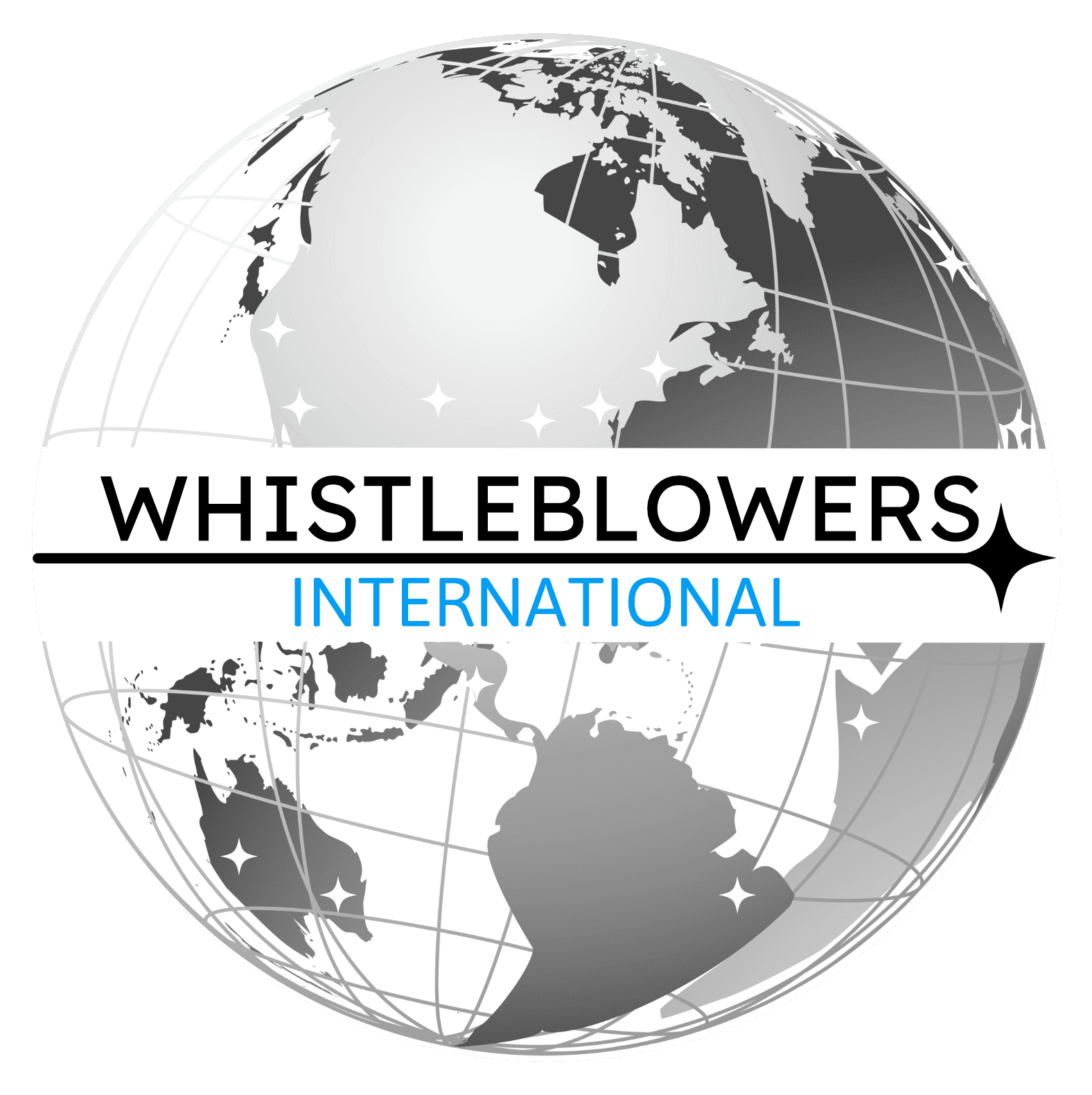There is a common belief that mass torts are typically handled as class actions, but this is a misperception. In fact, almost all tort actions are aggregated through the use of a different, more flexible method called Multidistrict Litigation, or “MDL.” More than one out of every five cases currently pending in a federal court is part of an MDL mass tort action; MDLs as a whole comprise more than one-third of open federal cases. MDL procedures do not require that the various actions joined together in the MDL be as similar as would be required to create a class action, because, unlike class actions, the actions aggregated in the MDL are not expected to tried together. Instead, after the pretrial proceedings are complete, the individual cases are supposed to be sent back, or remanded, for trial to the courts from which they were transferred. In almost all MDL cases, however, the consolidated proceedings either are settled or resolved by a dispositive motion like a motion for summary judgment, and the cases are never remanded.
28 U.S.C. § 1407, states, "When civil actions involving one or more common questions of fact are pending in different districts, such actions may be transferred to any district for coordinated or consolidated pretrial proceedings." The Chief Justice appoints seven federal judges to the Judicial Panel for Multidistrict Litigation, which makes the determination of which cases meet the standards to be transferred. Typically, an attorney for a party in one or more of the potentially transferred cases moves to create an MDL, though the Panel may initiate transfer on its own. The transfer motion filed with the Panel must not only explain why aggregation will be more convenient, just, and efficient, but also must identify all the constituent actions the Panel is being asked to transfer. To decide that motion, the Panel considers three issues. First, the cases must share one or more question of material, disputed common fact (not of law). Second, the Panel examines the number of cases, the number, and type of shared factual questions, and the potential to avoid duplicative discovery, conflicting rulings, unjust delay, or needless complication in evaluating if transfer will lead to just, efficient handling of the actions. Finally, the Panel considers what court will make the most cost-effective, efficient, convenient, and fair home for the MDL.
The MDL judge typically appoints a Plaintiffs’ Steering Committee to manage the plaintiffs’ side of the proceedings, liaison counsel to handle administrative matters such as coordination of communications between the court and counsel, and committees to manage tasks like discovery, briefing, and recruiting expert witnesses. The court also will order that a common benefit fund (CBF) be established for the purpose of paying attorney’s fees, costs, and expenses, and establish rules for the management of that fund. To streamline discovery, the court approve standardized forms, called Plaintiff Fact Sheets, that seek basic information about plaintiffs’ claims. Defendants also may be required to file fact sheets for each plaintiff, providing basic information defendants may have about the claimants and or their claims.
After the transfer, all pretrial proceedings, including discovery matters, dispositive motions, and evidentiary motions, will take place in the MDL court. Though the MDL court is not authorized to try the transferred cases, no trial in the transferor courts can take place until the Panel remands the case upon the suggestion of the MDL judge. However, most cases are never remanded for trial. As one commentator wrote, “most MDL cases are understood by all involved to be unamenable to trial at the outset.” Therefore, as one MDL judge explained, “You have failed if you transfer it back.”
Although most cases aggregated into an MDL are never tried, many MDL courts use so-called ‘bellwether trials,” a small set of the constituent cases that the judge selects to be remanded for trial. The results of these trials are binding only on the parties to each particular trial, but they can provide valuable information for all concerned about what sorts of verdicts to expect. This information then is used as a basis for negotiating an acceptable global settlement. For example, in the Vioxx Products Liability MDL the judge selected six cases for trial. All counsel and parties to the MDL were able to evaluate the verdicts in those trials to help settle many of the claims.
Twenty states also have MDL-like procedures, allowing cases from all over the state to be coordinated for pretrial proceedings. These can be divided into two categories. First, there are states that rely on other actors outside of the trial courts, usually the state’s Chief Justice, to decide whether and where to consolidate cases. Second, there are states that rely on trial judges with pending cases to decide whether to consolidate cases from other trial judges. The wide variation between state procedures suggests that each state’s method deserves individual scrutiny by those who might need to use them.

